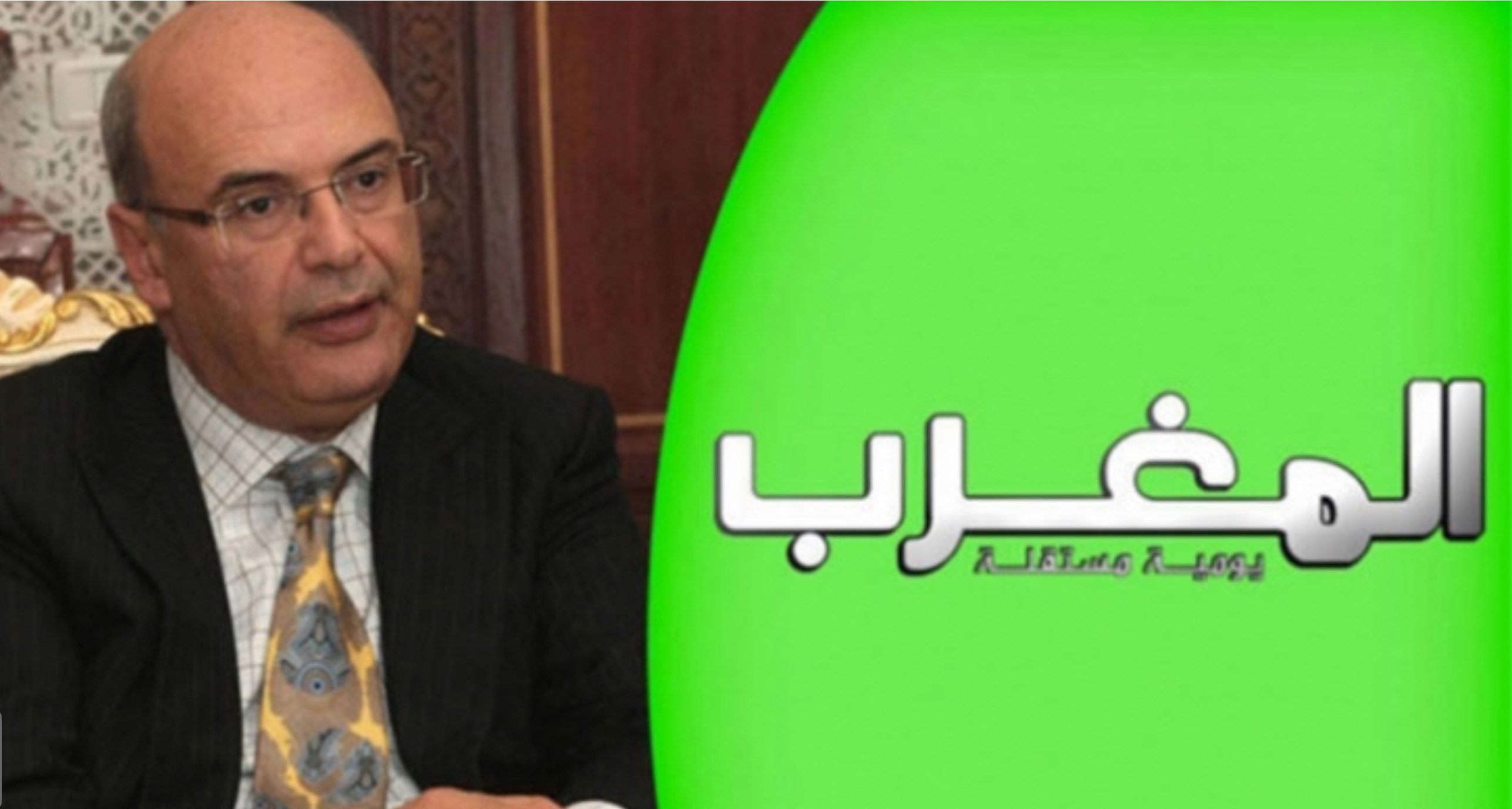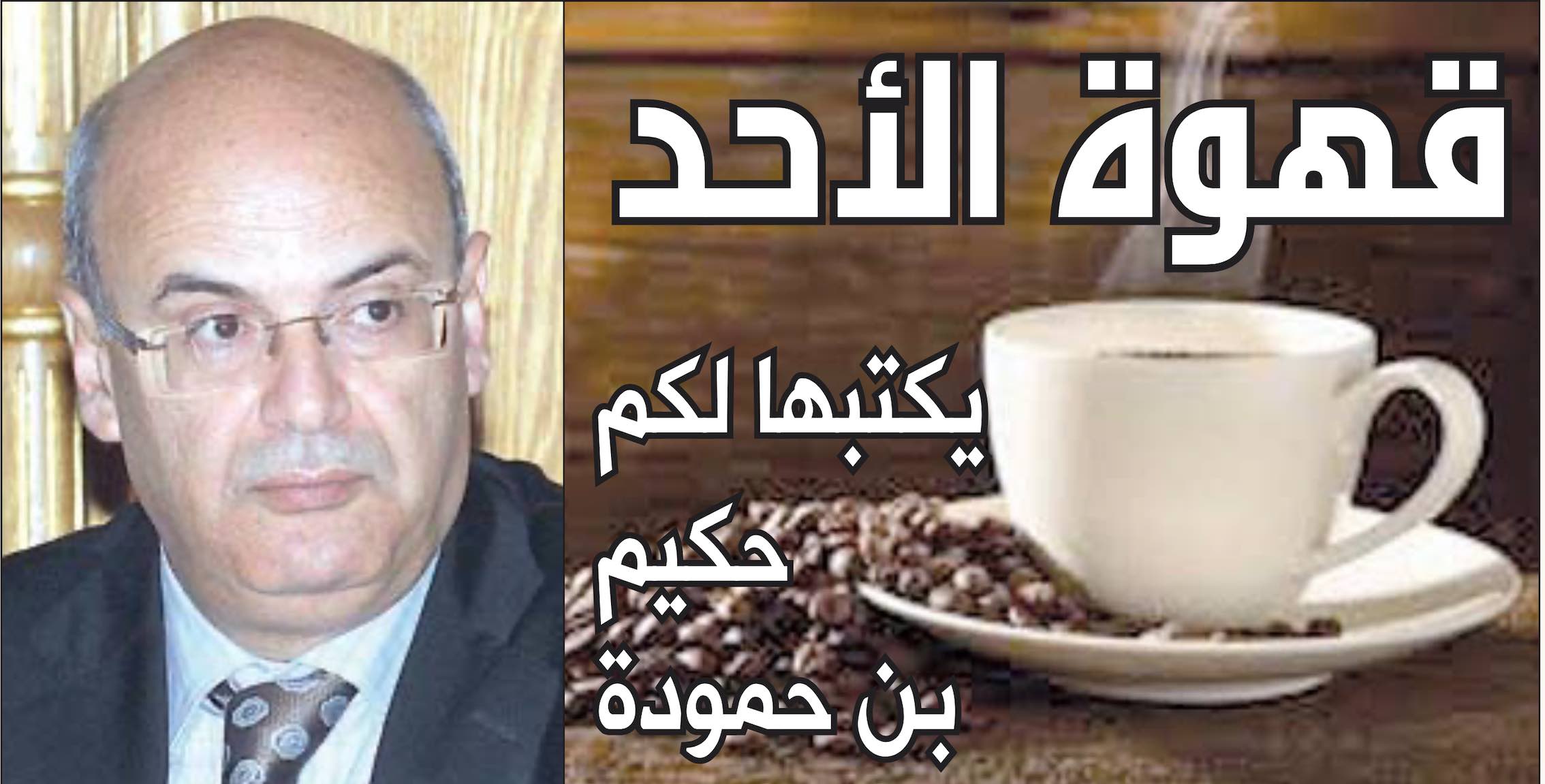La Tunisie, futur leader mondial dans
la production et l’exportation de l’hydrogène vert?
18/08/2023
Tarek Letaief pour Belle Tunisie
Une bonne nouvelle pour la Tunisie a été révélée par une étude du cabinet Deloitte, le premier des quatre plus importants cabinets d'audit et de conseil au monde (Big Four), selon laquelle, à l'horizon de 2050, l'Afrique du Nord devrait être le premier exportateur d'hydrogène vert au monde, suivie par l'Amérique du Nord, l'Australie et le Moyen-Orient.
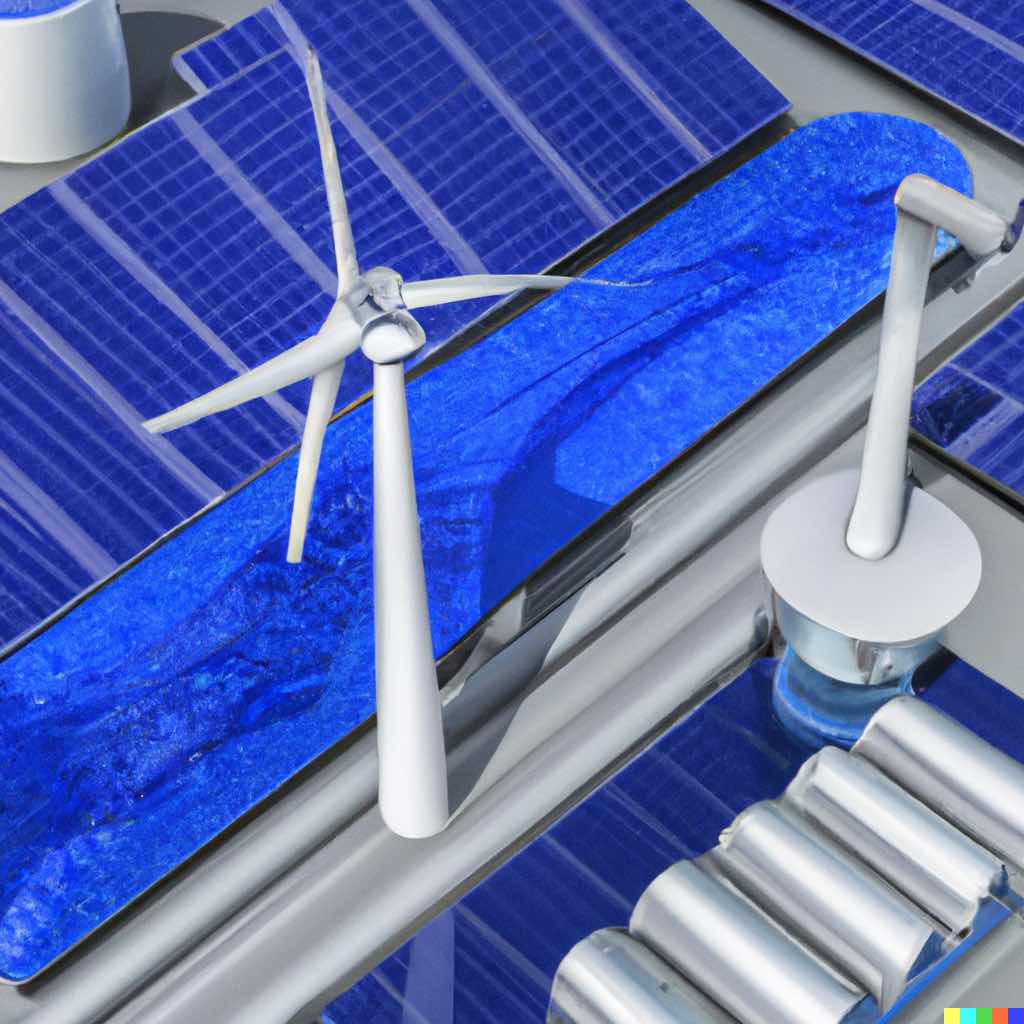
https://labs.openai.com/
Selon cette étude résumée par une dépêche de l’AFP*, l’hydrogène vert, qui est produit à partir d'énergies renouvelables, est en train de devenir une source d'énergie majeure. D'ici 2050, les principaux exportateurs d'hydrogène vert devraient être "l'Afrique du Nord (110 milliards de dollars par an), l'Amérique du Nord (63 milliards de dollars), l'Australie (39 milliards de dollars) et le Moyen-Orient (20 milliards de dollars) ».

https://labs.openai.com/
L'hydrogène vert est utilisé pour décarboner les industries de base, telles que la pétrochimie, la sidérurgie et les engrais. Il est également utilisé pour alimenter les transports lourds, tels que l'aviation et le maritime. L'Afrique du Nord a un fort potentiel pour produire de l'hydrogène vert, grâce à ses ressources solaires et éoliennes. Cette région dispose également d'infrastructures de transport importantes, qui pourraient être utilisées pour exporter l'hydrogène vers d'autres pays.
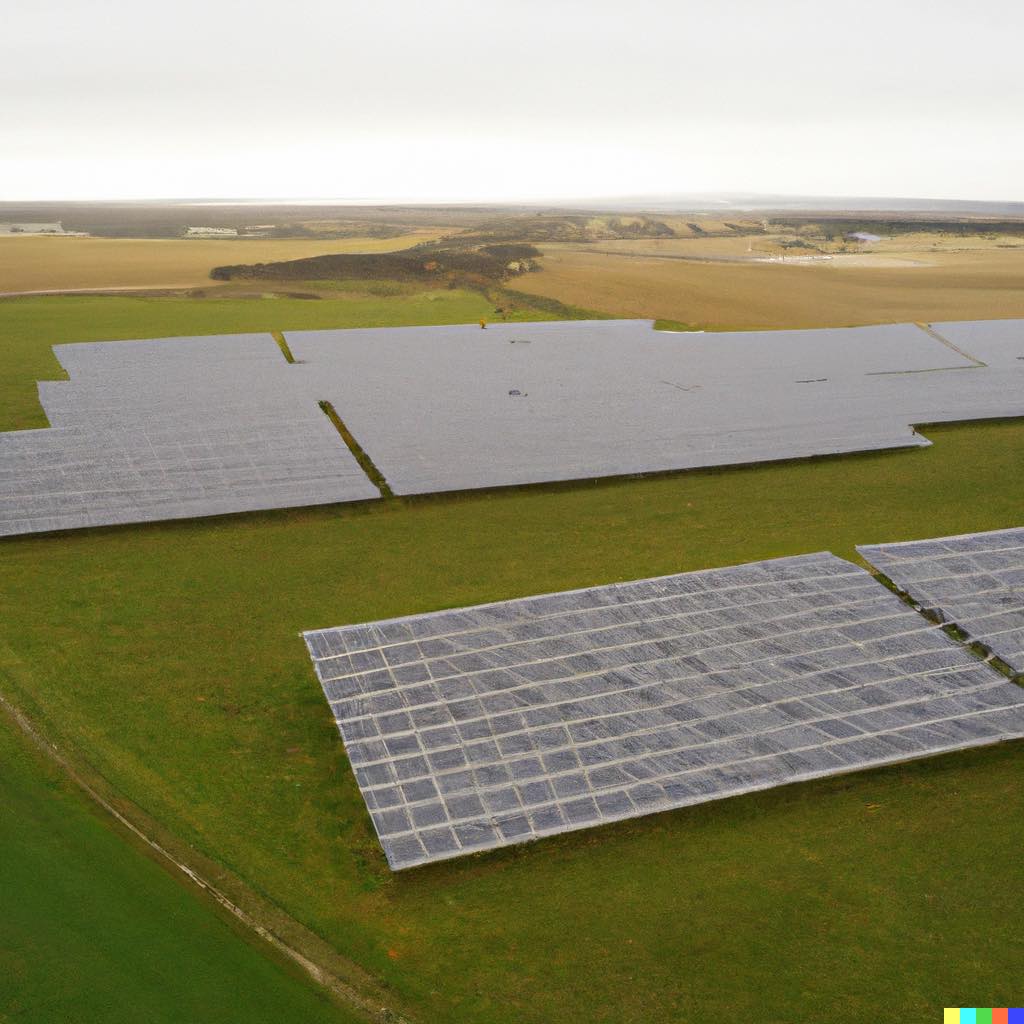
https://labs.openai.com/
2050, c’est demain. Notre Etat devrait dès maintenant s’atteler à mettre en place une stratégie à court, moyen et long terme afin de mettre de son côté les meilleurs atouts pour devenir le premier producteur/exportateur d’hydrogène vert en Afrique du Nord à l’horizon 2050.
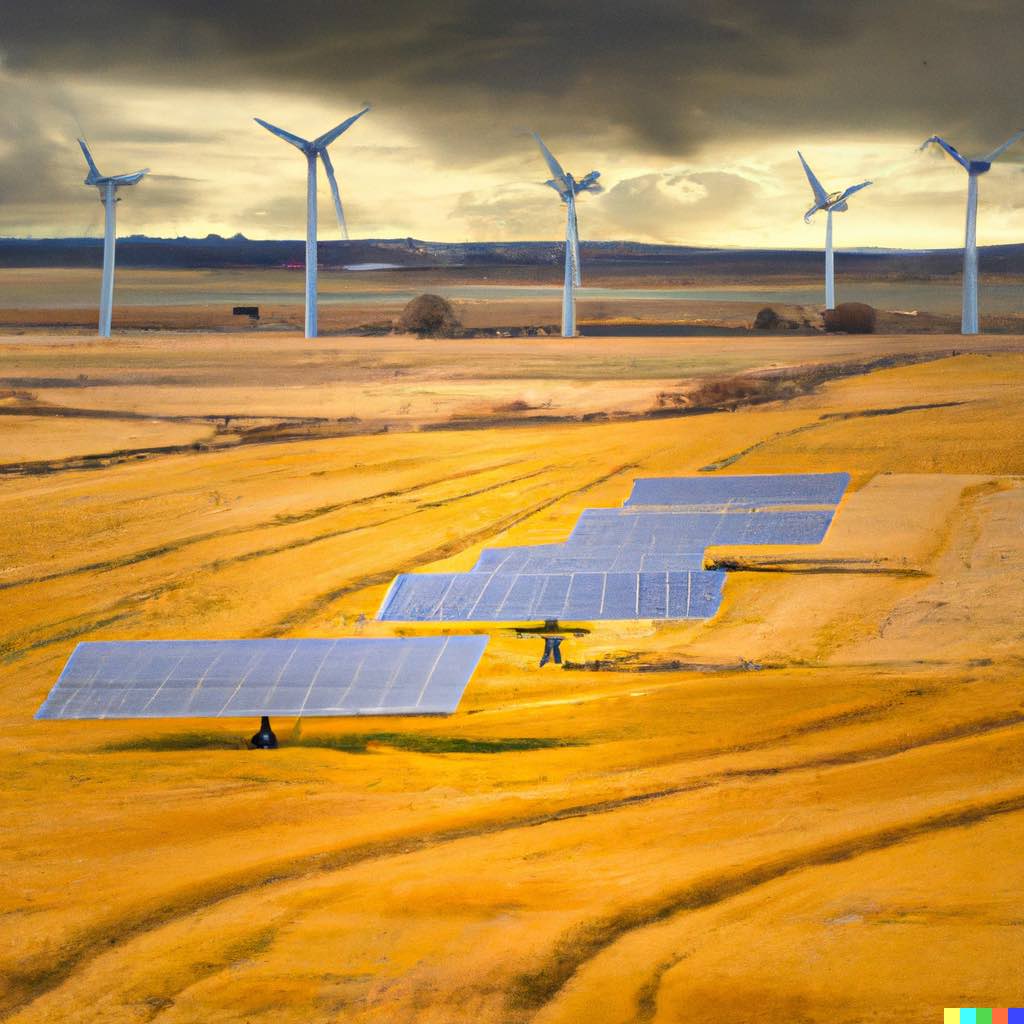
Voici quelques pistes à explorer dans la mise en oeuvre d'une telle stratégie:
A court terme:
- Investir massivement dans la recherche et le développement** de technologies de production d’hydrogène vert.
- Outre l'effort propre de l'Etat, mettre en place un cadre législatif destiné à inciter le secteur privé à investir dans le domaine stratégique de l’hydrogène vert.
- Lancer des partenariats avec des pays européens*** leaders dans l’hydrogène vert et susceptibles de devenir par la suite des importateurs de l’hydrogène vert produit par notre pays.
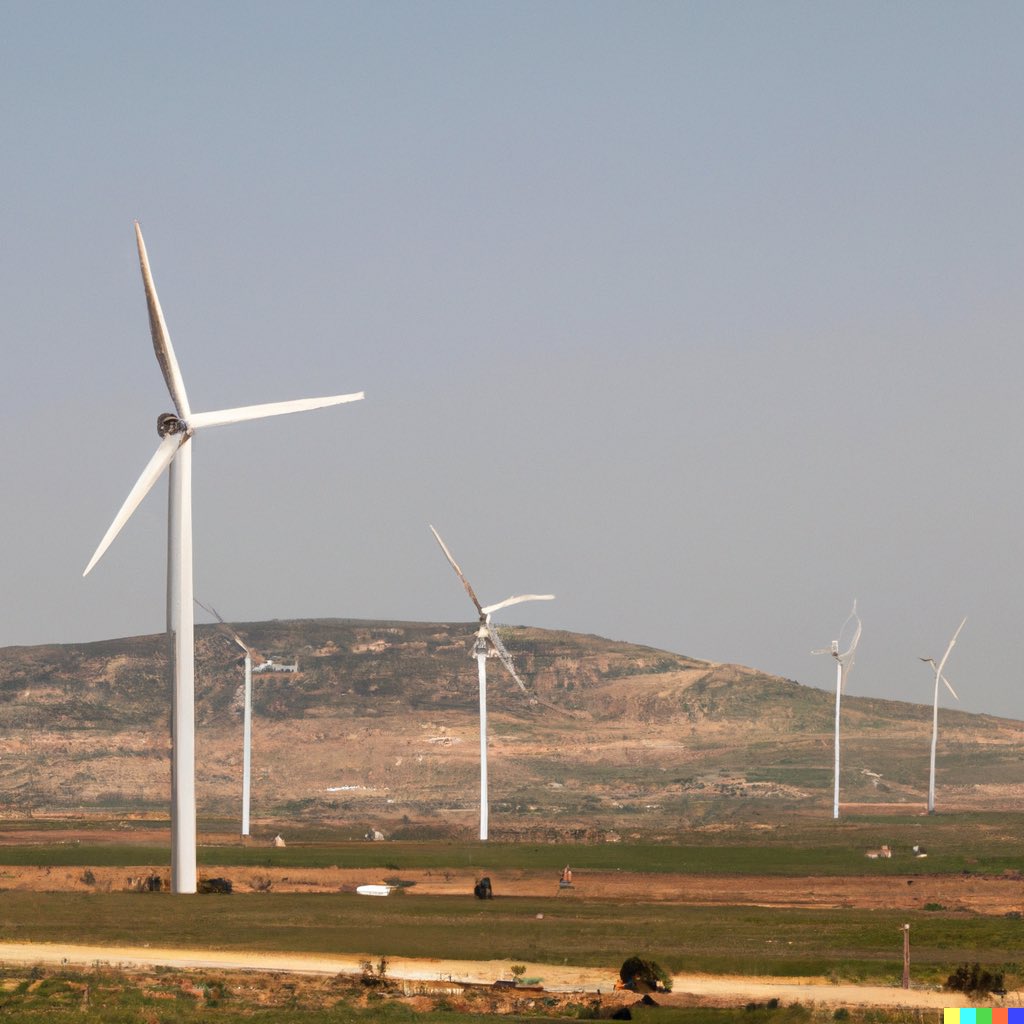
https://labs.openai.com/
À moyen terme
- Développer des projets pilotes de production et d’exportation d’hydrogène vert.
- Construire des infrastructures de transport d’hydrogène vert.
- Renforcer la coopération avec d’autres pays dans le domaine de l’hydrogène vert.
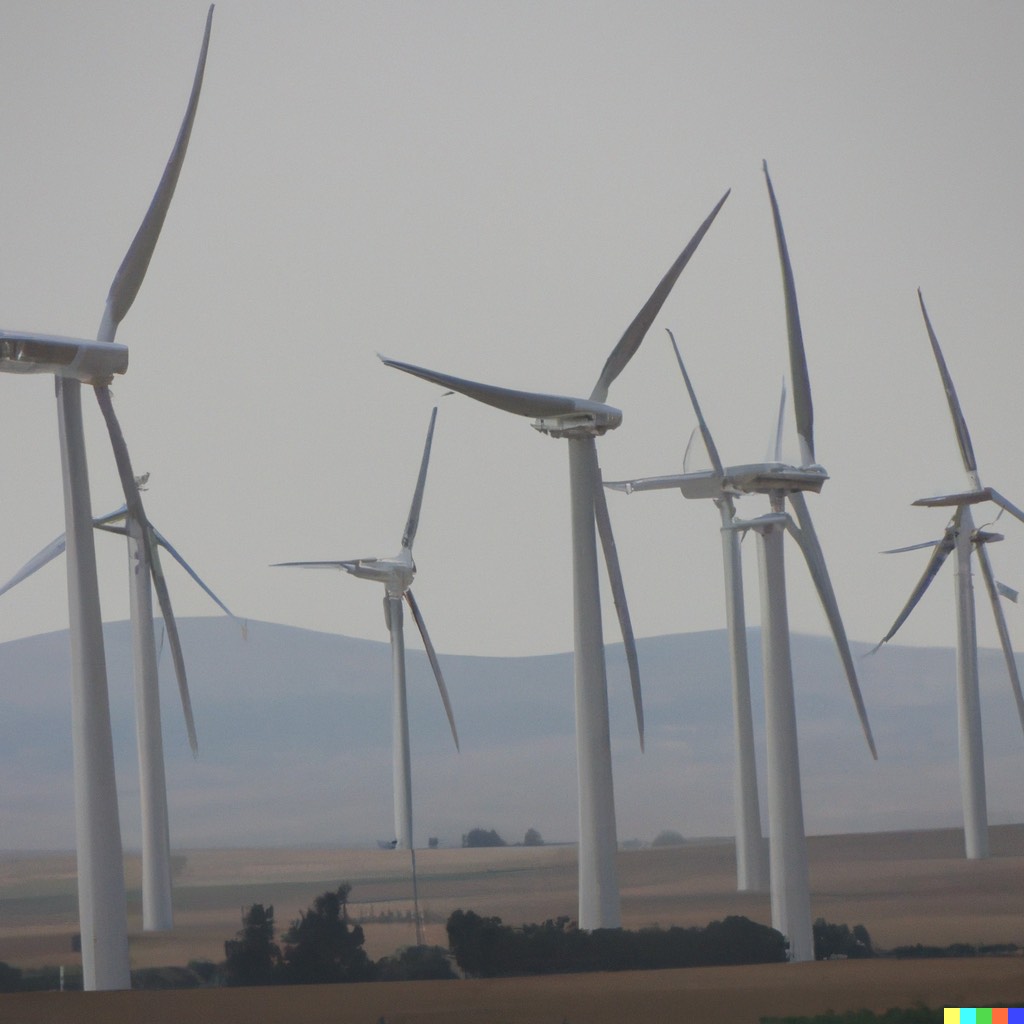
https://labs.openai.com/
À long terme
- Créer une industrie de l’hydrogène vert durable et prospère.
- Contribuer à la réduction des émissions de gaz à effet de serre en intensifiant les recherches dans les technologies de capture de CO2.
- Asseoir et préserver sa position de leader mondial dans la production et l’exportation d’hydrogène vert.

https://labs.openai.com/
La Tunisie a les atouts nécessaires pour devenir le premier producteur/exportateur d’hydrogène vert en Afrique du Nord. En mettant en place rapidement une stratégie nationale dans ce domaine et en s’attelant sérieusement à sa mise en oeuvre avec détermination et persévérance, elle peut saisir cette opportunité et jouer un rôle majeur dans la transition énergétique mondiale.
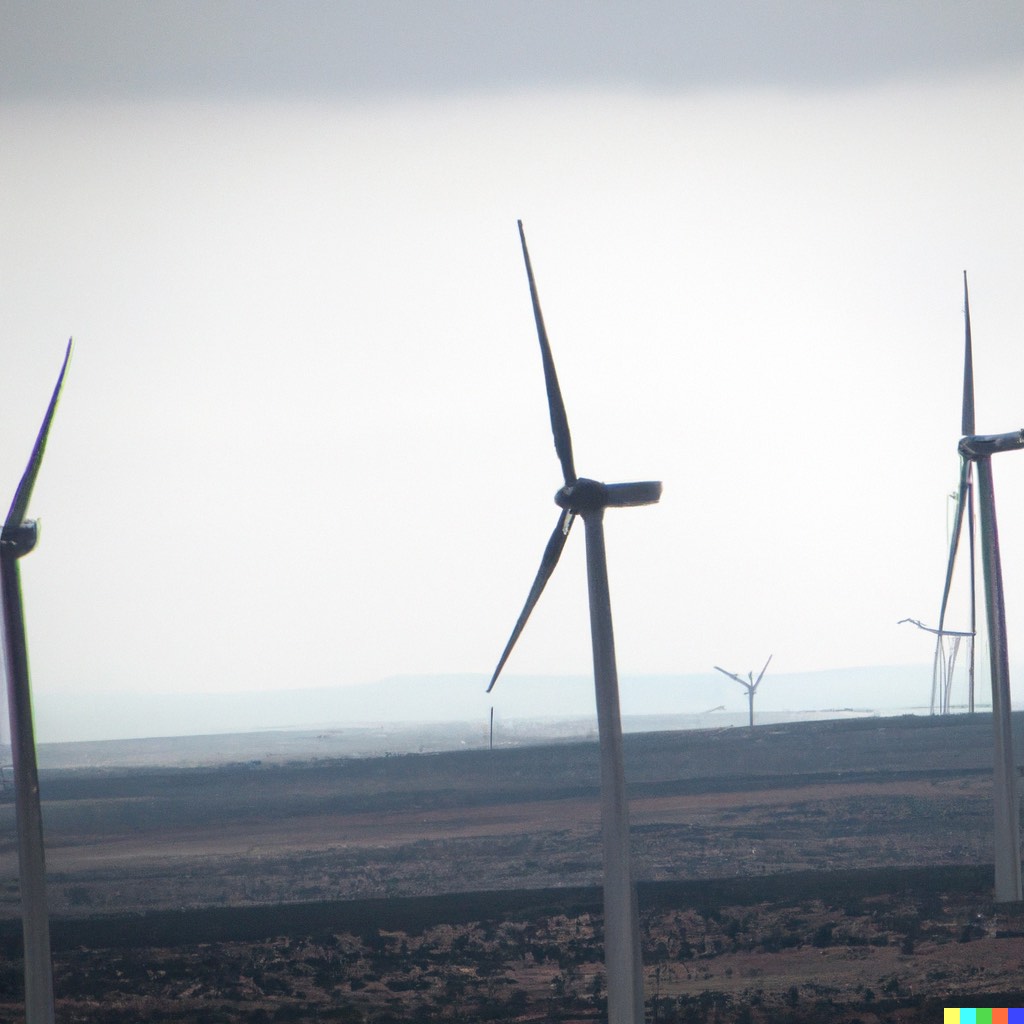
https://labs.openai.com/
* L'hydrogène vert rebat les cartes de l'énergie mondiale avec l'Afrique du Nord en pointe (AFP, 17/08/2023)
** Une nouvelle méthode pour produire de l'hydrogène vert grâce à l'énergie solaire! (Futura-Sciences 28/08/2023)
*** Plusieurs pays européens sont en train de développer des projets et des stratégies pour devenir des leaders dans la production d'hydrogène vert, en utilisant principalement des sources d'énergie renouvelable pour produire de l'hydrogène par électrolyse de l'eau. Parmi ces pays :
- Allemagne : L'Allemagne a développé une stratégie nationale pour l'hydrogène qui vise à devenir un leader mondial dans la production d'hydrogène vert. Le pays a investi dans la recherche, le développement de l'infrastructure et la mise en place de partenariats internationaux pour promouvoir l'utilisation de l'hydrogène comme vecteur énergétique.
- France : La France s'est également engagée à devenir un acteur majeur de l'hydrogène vert. Le gouvernement français a lancé des initiatives pour stimuler la production d'hydrogène renouvelable et encourager son utilisation dans différents secteurs, tels que les transports et l'industrie.
- Pays-Bas : Les Pays-Bas ont élaboré une stratégie nationale pour l'hydrogène qui vise à développer une infrastructure d'approvisionnement en hydrogène vert et à encourager son utilisation dans le secteur industriel et le transport.
- Norvège : La Norvège a également été un acteur clé dans le domaine de l'hydrogène vert. Le pays possède une grande expérience dans la production d'hydrogène à partir d'électricité hydroélectrique et envisage d'utiliser cette expertise pour développer davantage l'hydrogène vert.
- Danemark : Le Danemark s'est concentré sur l'utilisation de l'hydrogène vert pour le secteur industriel, les transports et l'énergie. Le pays a investi dans des projets pilotes et des initiatives visant à promouvoir l'utilisation de l'hydrogène propre.
- Espagne : L'Espagne a élaboré des plans pour développer une industrie de l'hydrogène vert et l'intégrer dans son système énergétique. Le pays possède un grand potentiel pour la production d'hydrogène à partir d'énergies renouvelables, comme l'énergie solaire et éolienne.
